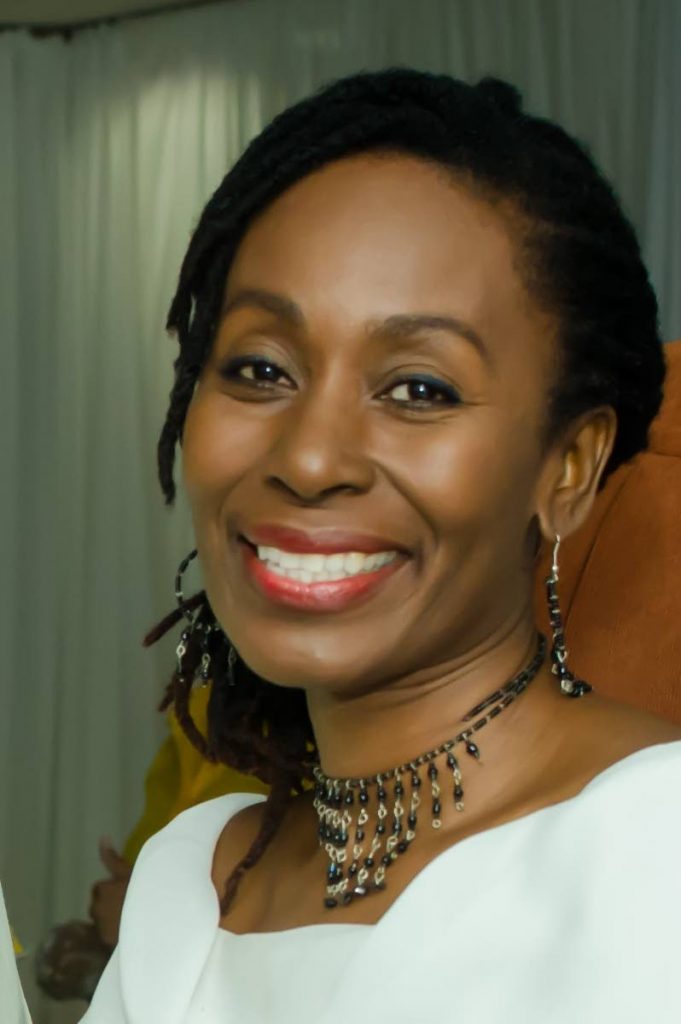The light beyond the wall

Culture Matters
DARA E HEALY
Night had fallen
A long journey awaited me
While darkness kept us safe
...Glimpses of light
I could see
Voices in prayer
I could hear
Dominated by fatigue
Beautiful memories appeared
...The train persisted
While the night shone
Time kept moving
The night kept ending
My family keeps waiting
– Mario F Bocanegra Martinez, Immigrant Poem extract, 2020
ACROSS THE world, displaced people sit at borders and wait.
In Icacos and surrounding areas of south Trinidad, families from the nearby South American continent cook in the open air, sleep in hammocks and, sometimes, play a game of cat and mouse with local border officials. The Warao of Venezuela, indigenous peoples of the river and forest, also sit, contemplating a strange new existence without their precious herbs or sacred waters.
The human story is the same whether the lines are drawn between the Dominican Republic and Haiti, at the Turkish-Iranian border or at the border between Morocco and Melilla in North Africa. In Morocco, the camps outside the barbed wire and walls protecting the Spanish territory of Melilla comprises mainly young men. They cook, plan and wait for an opportunity to enter that piece of Europe located on the Mediterranean coast of Africa. “I’ve tried to cross five times. Every time I fail, I come back here, rest and prepare to do it again.”
The generation that witnessed displacement as a result of war and colonialism must be looking at the world with a sense of déjà vu. “Harris is a fellar who like to play la-de-da, and he like English customs and thing...And when he dress, you think is some Englishman going to work in the city, bowler and umbrella, and briefcase tuck under the arm. Only thing, Harris face black.”
Samuel Selvon was one of several Caribbean writers who used nation language to capture the longing for home while attempting to fit in somewhere else. George Lamming and later authors like Merle Hodge addressed the reality of internal displacement, being alienated in your own country through racism and class discrimination. Through his iconic characters, VS Naipaul spoke out against religious and other prejudices.
In the decades before the Berlin Wall fell in 1989, artists expressed similar concerns through the graffiti they painted on the wall. The east and west walls with their “death strip” in-between were viewed as symbols of “repression and division” sanctioned by Soviet and East German politicians.
Today, in anticipation of an influx of refugees from Afghanistan, Greece has constructed a 25-mile wall along its border with Turkey. This is no Berlin Wall. Imposing and seemingly impassable, it stands grim, perfectly designed and extremely high, with the expected barbed wire on top. Meanwhile, in Turkey, the political leadership is equally determined to manage the expected flow of asylum seekers. President Erdogan is quoted as saying that “Turkey has no duty, responsibility or obligation to be Europe’s refugee warehouse.”
In TT, we make a kind of serious joke that people from the north of Trinidad find it hard to go anywhere past the Port of Spain lighthouse. That statement is often countered by one which says that if people from the south of the island willingly drive north for jobs, attend a play or to see family, then what is the problem for the people from the north? And if we are honest, on both sides of the water separating our nation, we often regard each other with a “coki-eye.” In 1889 an act joined our two islands, but in many ways we are still trying to figure out how we fit each other.
The point is, the walls that separate us are not just geographical, but are historical and cultural as well. In South Africa, one expert spoke of the psychic scars inflicted on communities by constantly having to negotiate issues through the lens of race. In the Caribbean, poet Kamau Braithwaite wrote of the lasting trauma of the geo-psychic impacts of enslavement, indentureship and colonialism.
In light of this historical trauma, the graffiti on the Berlin Wall is about more than protest. The art was about declaring the humanity of the people who were affected by that structure; it was about claiming their place in the world. For TT, the turmoil around us is a reminder that we have much to address, that people also sit at our borders and wait. The world is changing again and it is time to re-vision our society. It is time to glimpse the light beyond our age-old walls.
Dara E Healy is a performance artist and founder of the Indigenous Creative Arts Network – ICAN

Comments
"The light beyond the wall"